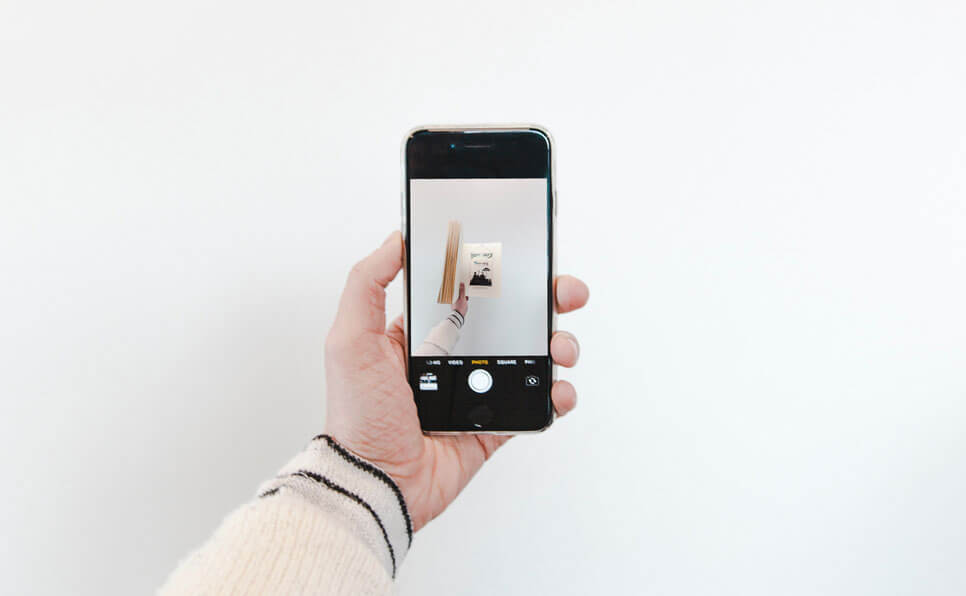Apple’s Worst Ever Design: How Is This Even Possible?
Apple, known for its sleek, user-centric design ethos, has occasionally faced scrutiny for designs that have not met the company’s typically high standards. One of the most criticized designs in Apple’s history, which has sparked debates and frustration among users, is the Magic Mouse 2’s charging port placement. Here’s a deep dive into why this design choice has been labeled as Apple’s most baffling and arguably worst design decision.
The Design in Question: Magic Mouse 2
Introduced in 2015, the Magic Mouse 2 replaced its predecessor with a more streamlined look and added a rechargeable battery. However, Apple decided to place the Lightning port for charging on the bottom of the mouse. Here’s why this decision has been such a point of contention:
User Experience Issues
-
Unusable While Charging: The most glaring issue is that the Magic Mouse 2 cannot be used while it’s charging. This design flaw means users must set aside time specifically for charging, which disrupts workflow in environments where constant mouse use is necessary.
-
Ergonomics and Comfort: The flat, smooth design of the Magic Mouse has already been criticized for lacking ergonomic comfort. The bottom-placed charging port exacerbates this by forcing users into a situation where they must either not use their mouse or use it in an awkward, uncomfortable state.
-
Inconvenience: For those who forget to charge their mouse, this design means a sudden halt in productivity, as you can’t charge and use simultaneously. It’s an unnecessary inconvenience in an age where multi-tasking is paramount.
Design Philosophy Contradiction
Apple has built its reputation on intuitive, user-friendly designs where form and function harmoniously coexist. The Magic Mouse 2’s charging port placement seems to contradict this:
-
Form Over Function: Apple’s choice appears to prioritize aesthetics over practicality. While the sleek design of the mouse is undoubtedly appealing, the utility is severely compromised.
-
Lack of Innovation: For a company that has revolutionized many aspects of personal technology, this design choice feels like a step backward, especially when other manufacturers have long solved this issue by placing charging ports in less obstructive locations.
Community and Expert Response
-
User Frustration: Across social media platforms, forums, and reviews, users have expressed their frustration. Posts on X highlight sentiments like the design being “the darkest moment of Apple in computers” due to its impracticality.
-
Criticism from Tech Community: Various tech blogs, including The Outline and Medium, have discussed how this design choice signifies a lapse in Apple’s usually meticulous design process ().
-
Alternate Solutions: The tech community has proposed and even executed solutions, like converting the Magic Mouse 2 to wireless charging, showcasing a demand for better design alternatives.
How Did This Happen?
-
Design Tunnel Vision: It’s speculated that the focus on achieving an uncluttered, minimalist look might have overshadowed practical user considerations.
-
Testing Oversight: There’s a question of whether this design underwent sufficient usability testing to catch such an obvious flaw.
-
Corporate Decision Making: Sometimes, decisions might be influenced by factors like cost-saving or production ease, though these reasons haven’t been officially acknowledged by Apple.
The Aftermath and Lessons
-
Apple’s Response: There’s been no significant change or acknowledgment from Apple regarding this design flaw, suggesting perhaps an acceptance of it as a minor trade-off for aesthetics.
-
User Adaptations: The community’s response has included DIY solutions, third-party accessories, and a call for Apple to reconsider this design in future iterations.
-
Broader Implications: This design choice has sparked broader discussions about Apple’s approach to design, especially in balancing aesthetics with utility.
In conclusion, while Apple has given us many revolutionary designs, the Magic Mouse 2’s charging port placement stands out as a significant misstep. It’s a reminder that even the most innovative companies can falter when form overshadows function. How Apple will address this in future products remains to be seen, but for now, it serves as a cautionary tale in the annals of tech design.






